Who We Are
Work with us in breathtaking locations and experience a company culture that values team collaboration, service, and sustainability, to create an exceptional guest experience.

75+ years exploring Alaska and the Yukon

4,000 seasonal team members hired every summer

9 departments across 26 locations spanning two countries

100,000+ guests visit Alaska and the Yukon each summer

5,000,000 miles driven every summer

50+ dining venues that cater to every palate

2,800 guest rooms across 9 hotels and lodges

We have the largest glass-domed, double-decker railcar in the world

50 states and 20 countries represented on our teams
Why You'll Love It Here
Free Cruises
Free* cruise after your first season!
Escape reality, explore new destinations, and make unforgettable memories without breaking the bank.
Bon voyage!
*At participating locations. Port taxes and fees apply.
Experience
Receive unparalleled training by our seasoned team members and add valuable experience to your resume that will make you stand out to future employers.
Incentives
Our team members are the key to our overall success, which is why we recognize hard work and dedication.
We value and appreciate employee contributions, accomplishments, celebrate wins (big and small), and encourage a motivated workplace that will leave everyone excited to come back to work.
Discount
Work hard and play harder! Save big on unforgettable adventures in the Great Land. You could have the opportunity to explore one of the most beautiful locations on Earth with our amazing employee discounts on exciting excursions.
Activities
We like to boost employee morale, foster team building, and improve overall workplace satisfaction with engaging and enjoyable activities for our team members because a happy team is a productive team!
Service
Whether it’s volunteering at local events or actively participating in community cleanups, our employees have the power to create positive change and enhance the well-being of the areas where they live and work. Be a part of something bigger than just a job—together, we can make a difference!
Where You Can Find Us
Click on a number to explore more about a location.
Hear From Our Team
Our Departments

